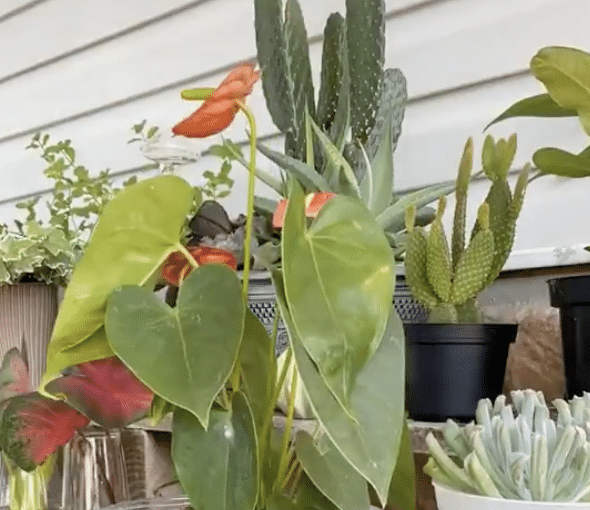In the words of Lana Del Rey, we were all born to die. But houseplants seem to take that saying a bit too literally (at least mine tend to). Never fear, failed plant-parents, because TikTok is here to help you with this simple hack for helping your plants live a long and healthy life.
The TikTok in question has been making waves ever since the short video was reposted on Twitter by user @AStrangerNobody.
The video was originally created by TikTok user @0witchhunt0, however their original account seems to have been deleted.
The technique, known colloquially as “bottom watering”, suggests instead of hydrating plant soil from the top and risking over-watering or waterlogging the plant, you place the pot (with drainage holes, of course) in a dish or bowl of water and allow the water to permeate upwards rather than the usual down.
Many have found great success with this method, reviving plants which seemed to be otherwise perpetually unhappy:
Not to mention apparently this method of watering can even encourage root growth in younger plants!
However, some plant enthusiasts took to Twitter to warn of the dangers of this method of watering.
In addition to this, many plant hobbyists warn that re-using the same pot of water as demonstrated in the original TikTok can easier spread disease amongst plants, potentially bringing a lot of us back to square one in terms of our plant mortality rates.
So while this might provide the answer to those of us with a long line of rotted plants behind us, it seems it isn’t as magical a solution as it initially seemed. However, with the right degree of caution, I fully intend to give this a try. Plus, it just looks kind of cool.
As with all things plant-related, it can never be as simple as it seems, can it?














